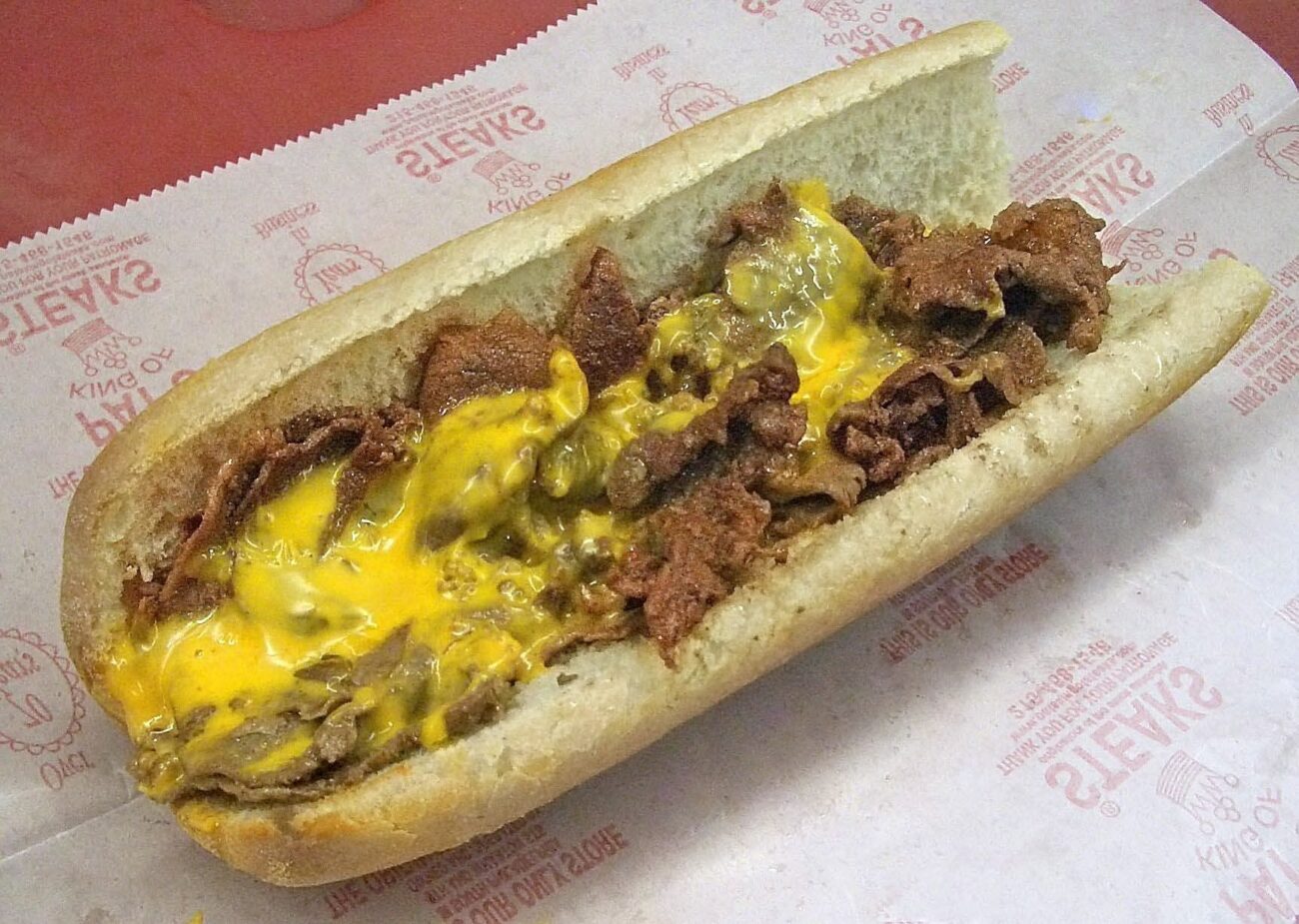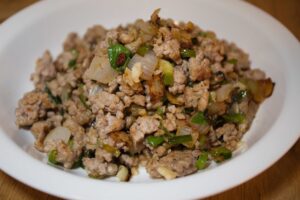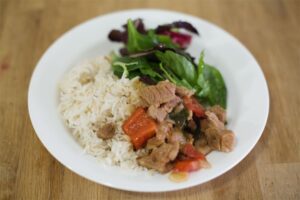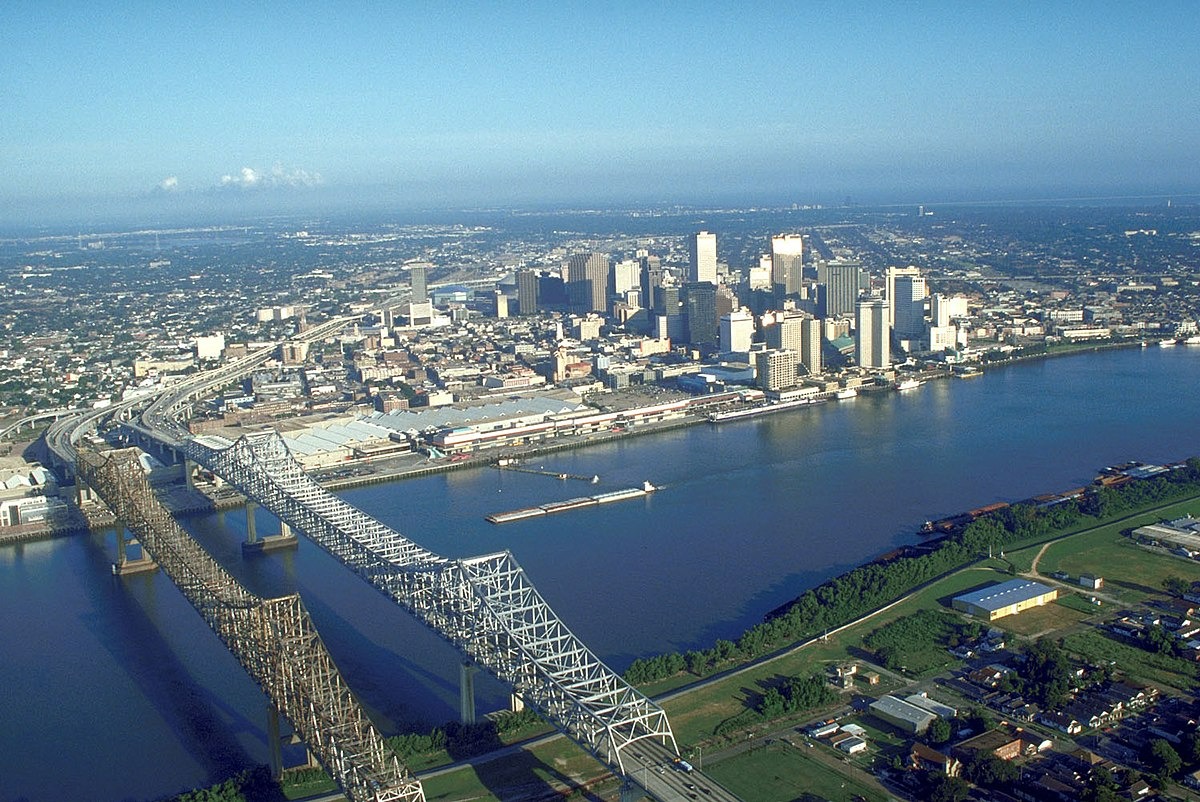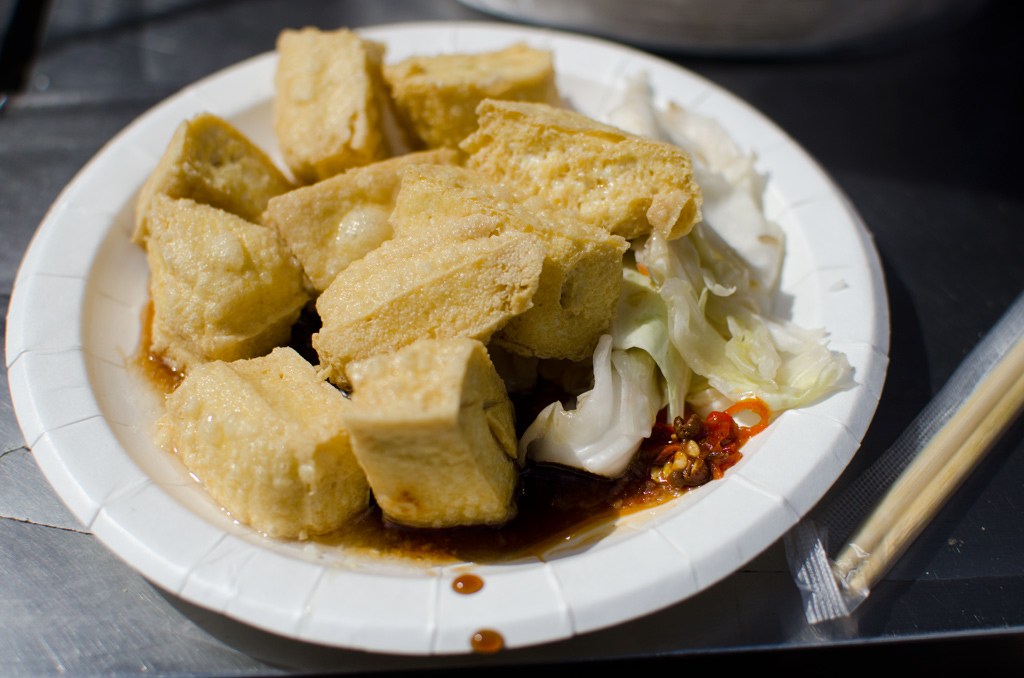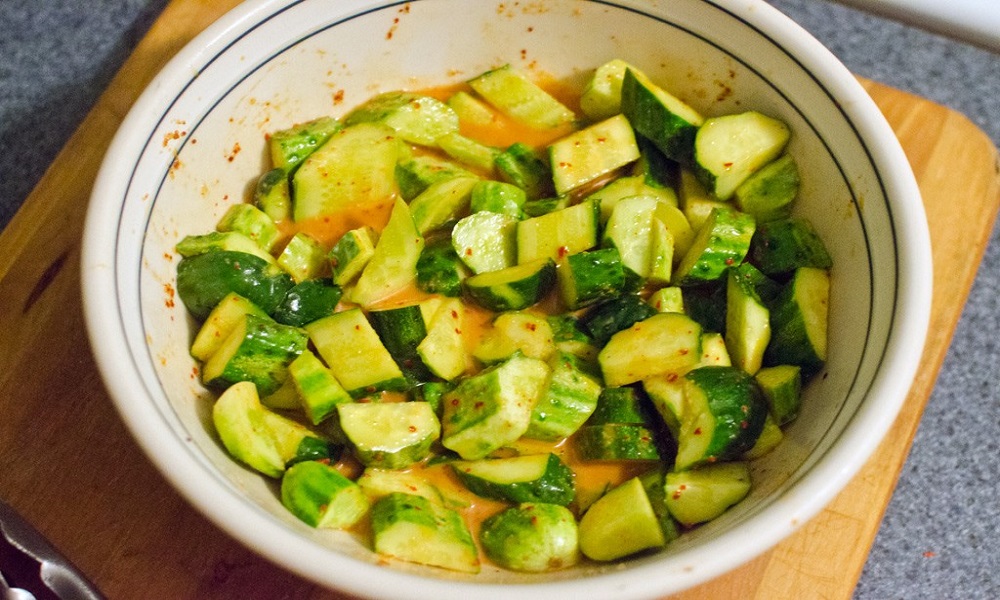Philadelphia and New York City tied at 27% when Americans were asked where they’d most like to travel for an iconic dish—Philadelphia for its legendary cheesesteaks and New York for its classic pizza slices. A new survey by Visit Anaheim reveals this virtual tie reflects how deeply regional comfort foods have embedded themselves in the American travel psyche, transforming neighborhood specialties into bucket-list experiences.
The phenomenon driving this culinary wanderlust goes beyond simple hunger. One in five Americans now plan entire trips around food experiences, spending an average of $910 per “foodcation.” When a truly iconic dish beckons—think authentic sushi in Tokyo—travelers indicate willingness to nearly double that budget to $1,929.
The top five food destinations reveal America’s comfort food hierarchy:
- Philadelphia cheesesteaks: 27%
- New York pizza: 27%
- Kansas City barbecue: 26%
- Chicago deep-dish pizza: 25%
- Central Texas barbecue: 24%
Young Travelers Lead the Culinary Migration
The generational split in food-focused travel reveals stark differences in how Americans approach culinary experiences.
While 44% of Gen Z and 31% of millennials have taken foodcations, only 21% of Gen X and 11% of baby boomers have made similar trips. This digital-native appetite for authentic experiences transforms restaurants into destinations through Instagram stories and viral food videos.
These younger travelers don’t wing their culinary adventures. Three-quarters spend approximately 2.5 hours researching dining options before departure, consuming three articles, seven videos, and consulting multiple friends and websites. They’re curating experiences with the precision of wedding planners, seeking that perfect balance of hidden gems and established favorites.
The Economics of Edible Tourism
The culinary tourism market demonstrates explosive growth as food evolves from travel necessity to primary motivation.
The U.S. culinary tourism market reached $2.7 billion in 2024 and projects to hit $7.6 billion by 2030. Globally, the market approaches $1.06 trillion, reflecting this fundamental shift in travel priorities.
When asked which state offers the best food overall, New York claimed 14%, followed by California at 12% and Texas at 10%—suggesting that culinary reputation extends far beyond individual signature dishes. As social media continues amplifying local food discoveries and younger generations prioritize authentic experiences over traditional tourism, expect America’s regional specialties to drive even more passport stamps and road trips in the years ahead.


